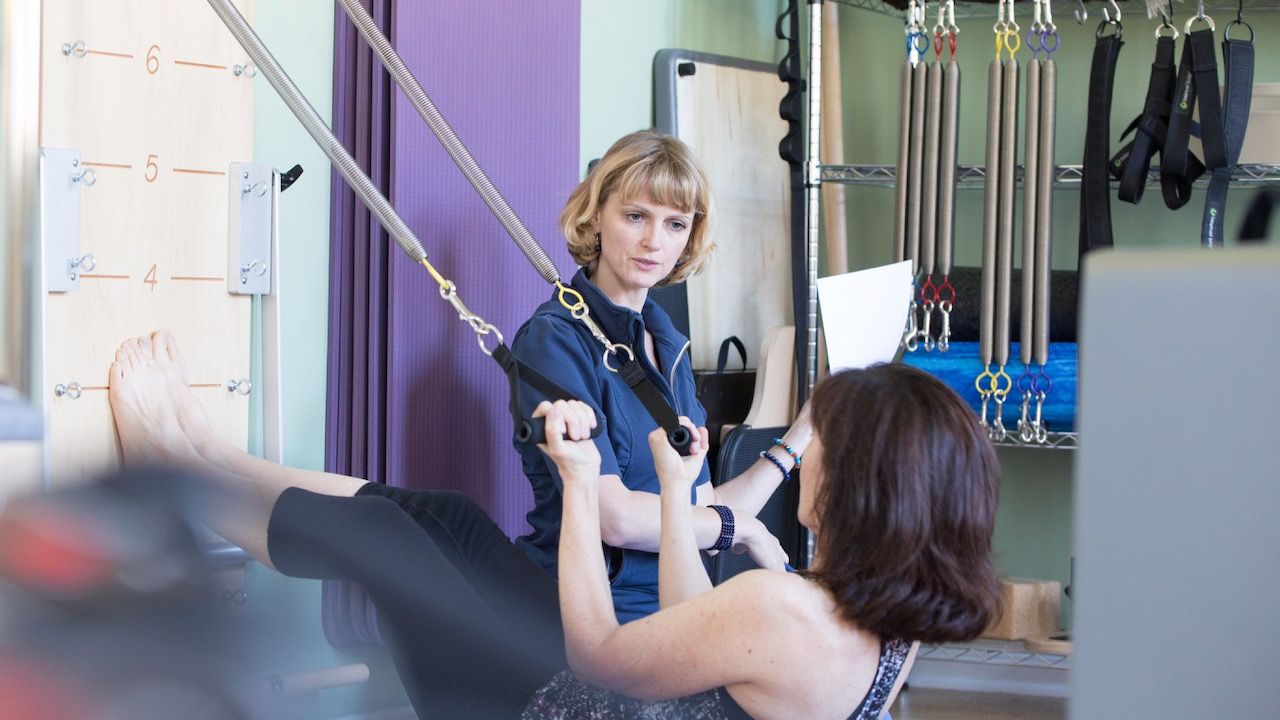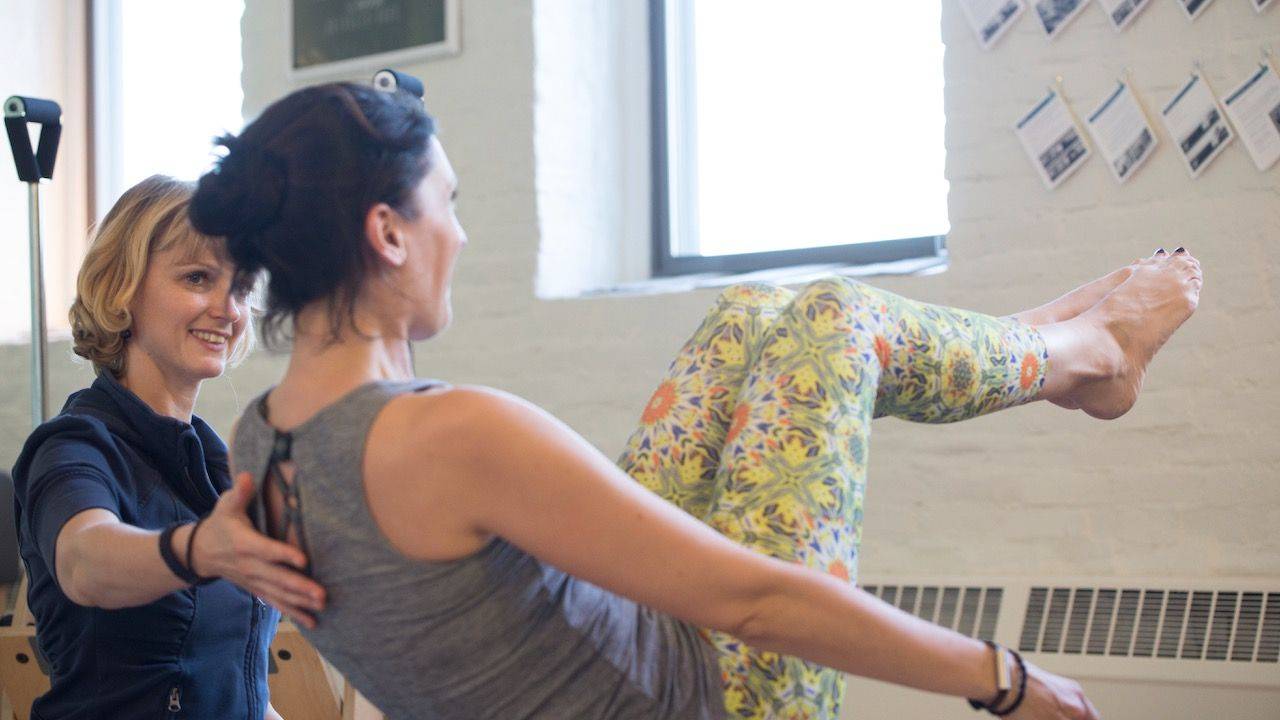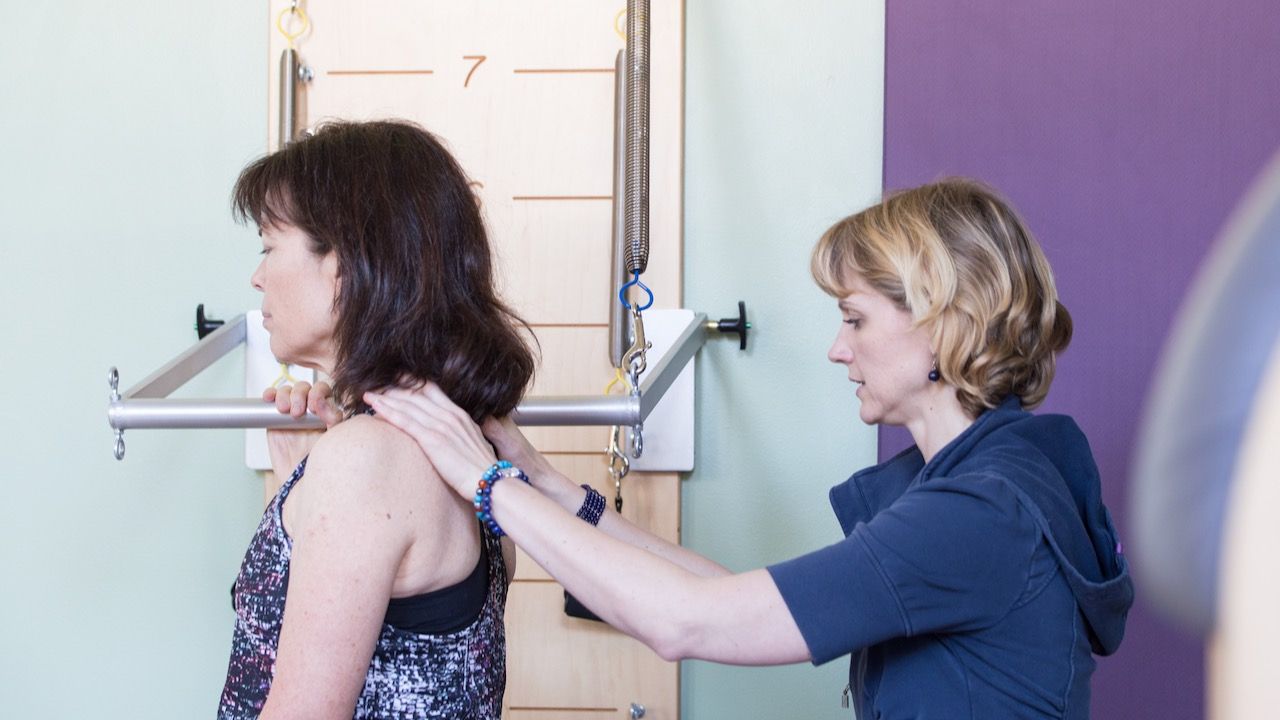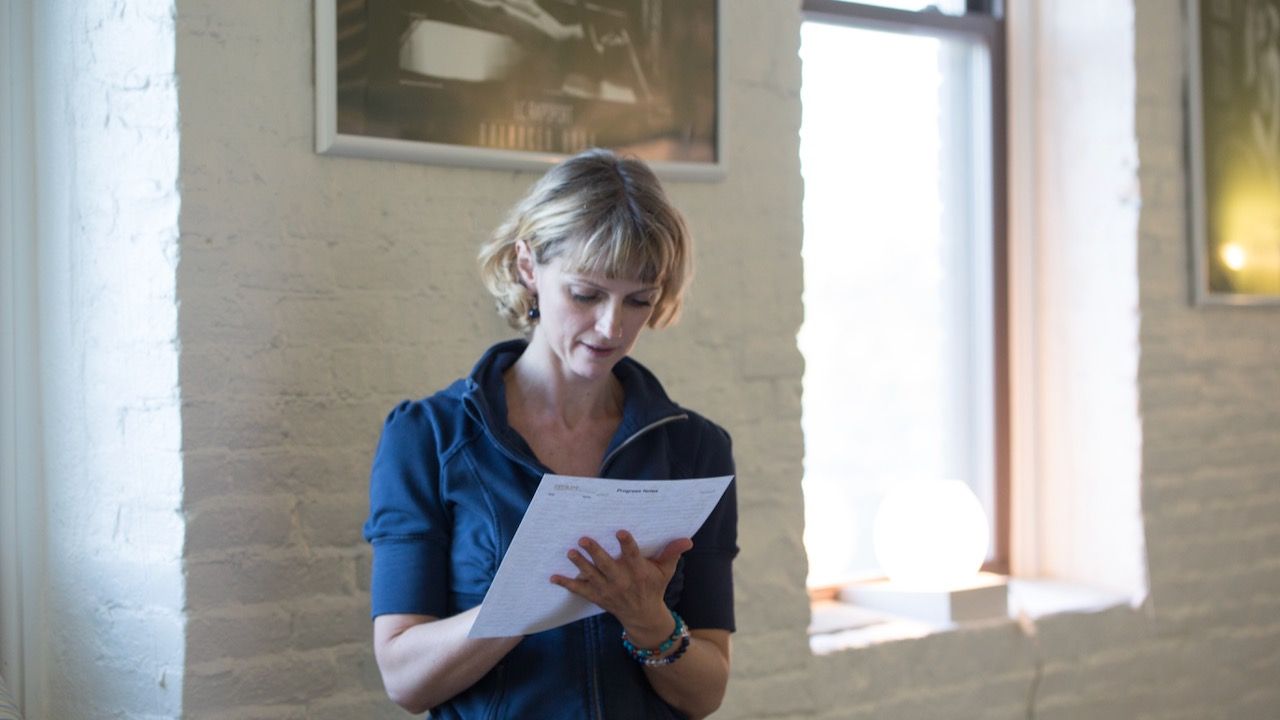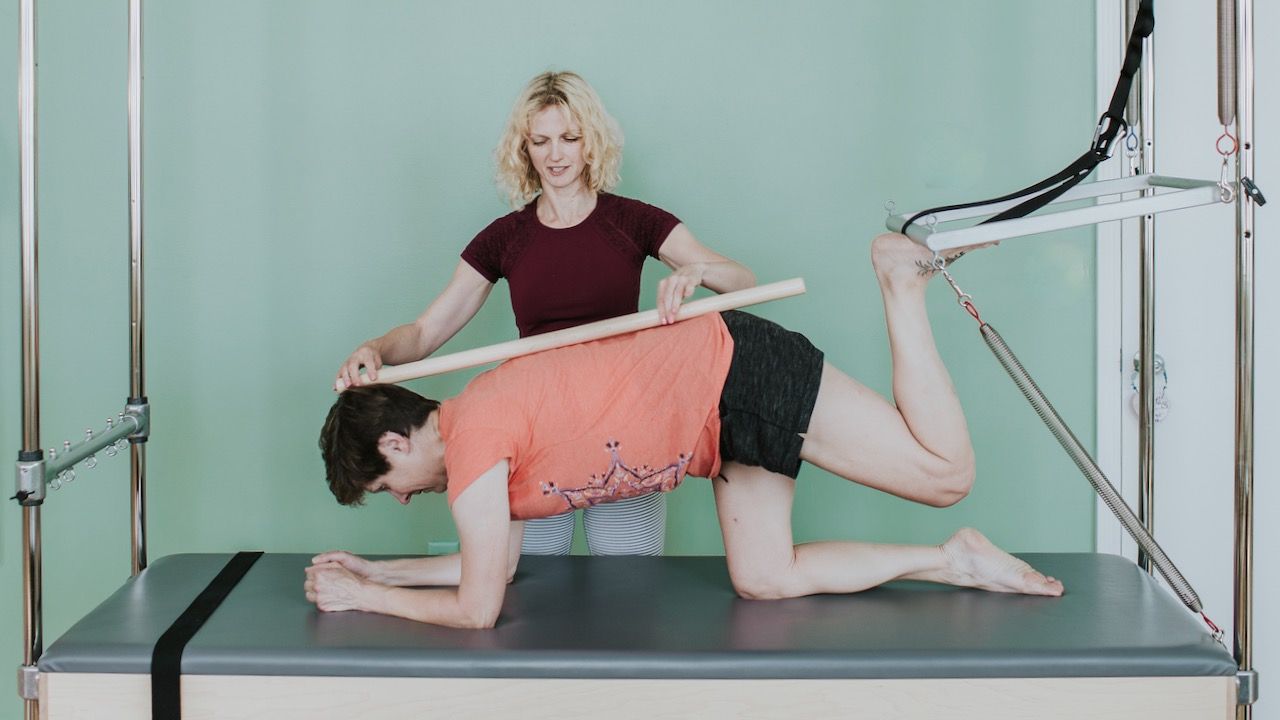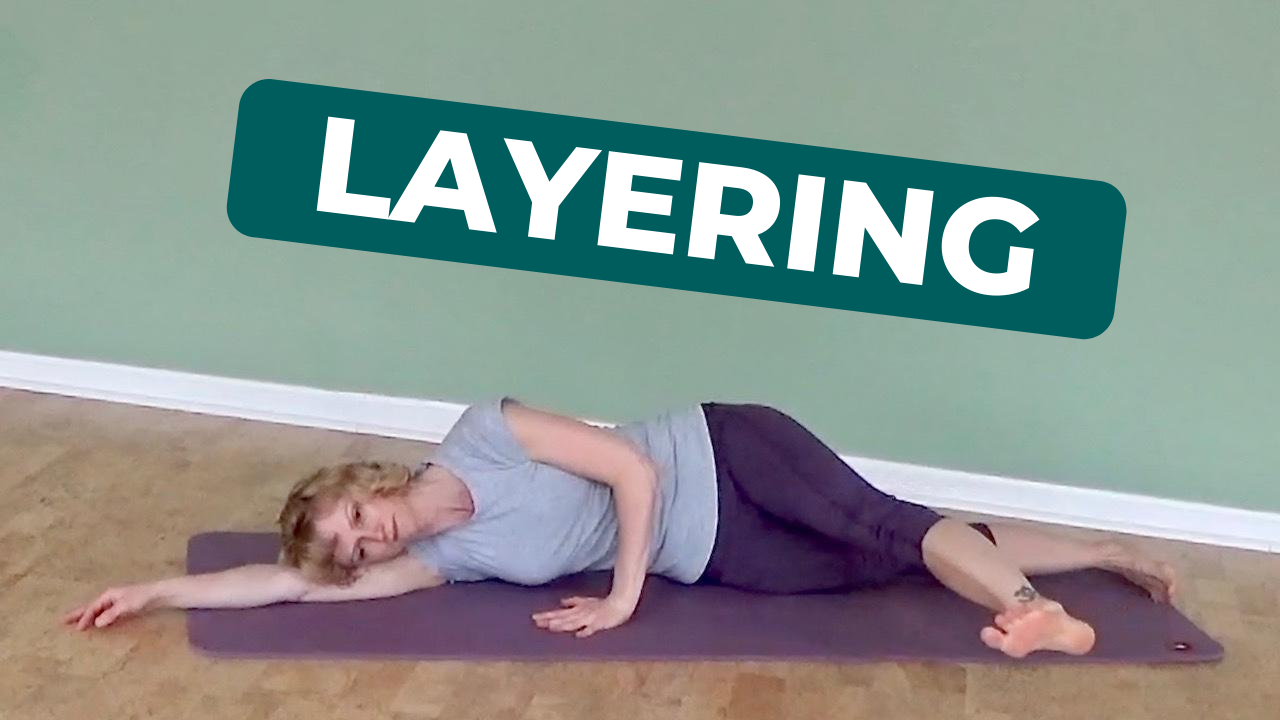
Layering - The Most Important Pilates Teaching Skill to Accommodate All Levels
Feb 11, 2020Imagine that your students have just shown up to your Pilates class. As you look around the room, you see people of all different abilities and experience. How are you going to teach a class that challenges each student effectively and keeps everyone safe?
Layering is the single best solution I have found. Give it a try and it will change your life. Your teaching life, anyway : )
Many Pilates studios offer beginner, intermediate, and advanced classes. Many teacher training programs categorize exercises as Level 1, 2, and 3. So you should simply be able to teach the level 1 exercises in the beginner classes, level 2 exercises in the intermediate, and level 3 in the advanced, right? If only it were that simple!
The first major problem with this idea is that students often attend classes that work with their schedule, not according to their level of experience.
The second problem I see is this: even someone who you might consider an advanced mover might have significant deficiencies in one area. They might be able to do advanced repertoire, but they might not be doing it with the right muscles or joint actions. For them to make a fundamental change in their movement, they need to go back to basics.
For these two reasons, I think layering is going to be one of the most practical teaching skills you will learn.
How does it work?
For each exercise, you begin to teach the easiest variation and add only one skill at a time. Each student can continue following along with these progressions until she reaches her individual challenge point (the variation of each movement that is challenging but can still be controlled).
The first step is to pick an exercise you'd like to teach. Let's take Side Kicks for example. Think of the easiest regression for this exercise and teach this first. In this example, you would start your students with Side Balance and add one skill at a time. Here's how this would progress.
Layer 1
- Lie on your side.
- Stretch yourself really long and make sure you’re in a straight line. Your top hand is resting on the mat in front of you.
- Flex your feet, reaching away with your heels, and reach the top of your head in the opposite direction.
- Create a pocket of air underneath your side waist.
- Keep this pocket of air as you hover your top arm above your top leg. Keep your balance. If you feel you can’t take your hand away from the mat without falling over, keep it there but try to work up to being able to balance without the support of your hand. This is your challenge point.
If you’re balancing without a problem, let’s go further.
Layer 2
- Hover your top leg above the bottom leg.
- If possible, lift your bottom leg to meet your top leg.
- Keep your pocket of air.
- If you’re still doing good, ...
Layer 3
- Lower your bottom leg down again for support. Keep your top leg lifted. INHALE, swing your top leg a little bit forward. EXHALE, swing it a little bit back. No wobbling in your center.
As you look around the room, you'll see that each student is getting the workout that's right for them. Your beginners will be able to stay at a level they're comfortable with. Your advanced students will get the challenge they're after. Both groups will understand and improve their form more and more with each class. How great is that?!
In the Programming chapter of the Pilates Encyclopedia membership, we
- Explore the concept of layering with more detail,
- offer more examples, and
- explain how to layer exercises over the course of several weeks.
I'd love to hear from you: Which exercises you're struggling to layer? Drop one in the comments below and I'll help out.
Get support with your day-to-day teaching challenges
Ready to Teach Pilates with Clarity and Confidence?
Sign up to receive my weekly email newsletter. It's jam-packed with Pilates articles, videos, exercise tutorials and teaching tips.
Only super valuable stuff here. No spam ever. Unsubscribe any time.








